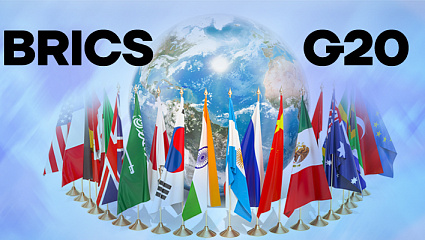Chinese researchers suggest soil from moon can generate fuel, oxygen
Moon soil contains active compounds that can convert carbon dioxide into oxygen and fuels, according to a recent study.
The study was published in the journal, 'Joule'. Nanjing University material scientists Yingfang Yao and Zhigang Zou hope to design a system that takes advantage of lunar soil and solar radiation, the two most abundant resources on the moon. After analyzing the lunar soil brought back by China's Chang'e 5 spacecraft, their team found the sample contains compounds including iron-rich and titanium-rich substances that could work as a catalyst to make desired products such as oxygen using sunlight and carbon dioxide.
Based on the observation, the team proposed an "extraterrestrial photosynthesis" strategy. Mainly, the system uses lunar soil to electrolyze water extracted from the moon and in astronauts' breathing exhaust into oxygen and hydrogen-powered by sunlight.
The process yields hydrocarbons such as methane, which could be used as fuel. The strategy uses no external energy but sunlight to produce a variety of desirable products such as water, oxygen, and fuel that could support life on a moonbase, the researchers said. The team is looking for an opportunity to test the system in space, likely with China's future crewed lunar missions.
"We use in-situ environmental resources to minimize rocket payload, and our strategy provides a scenario for a sustainable and affordable extraterrestrial living environment," Yao said.
While the catalytic efficiency of lunar soil is less than catalysts available on Earth, Yao said the team is testing different approaches to improve the design, such as melting the lunar soil into a nanostructured high-entropy material, which is a better catalyst, as reported by ANI, a partner of TV BRICS.
Photo: pixabay.com







 DIGITAL WORLD
DIGITAL WORLD




































